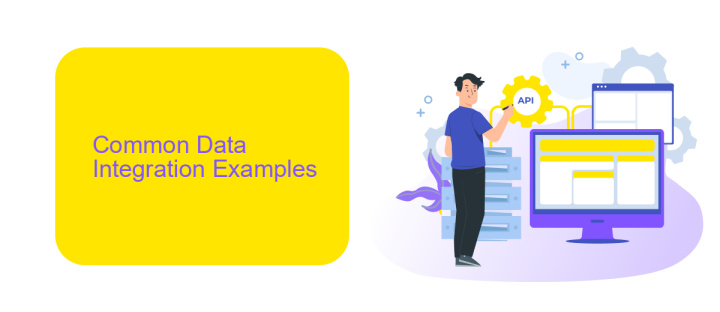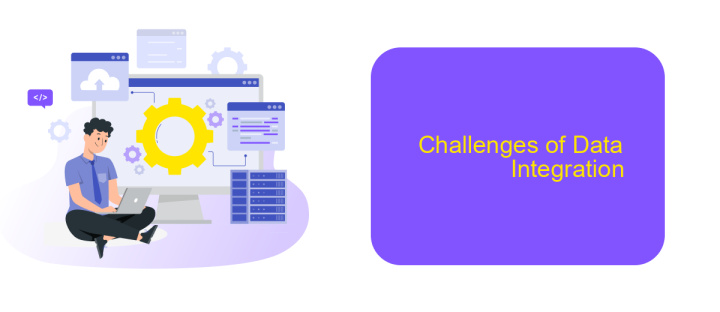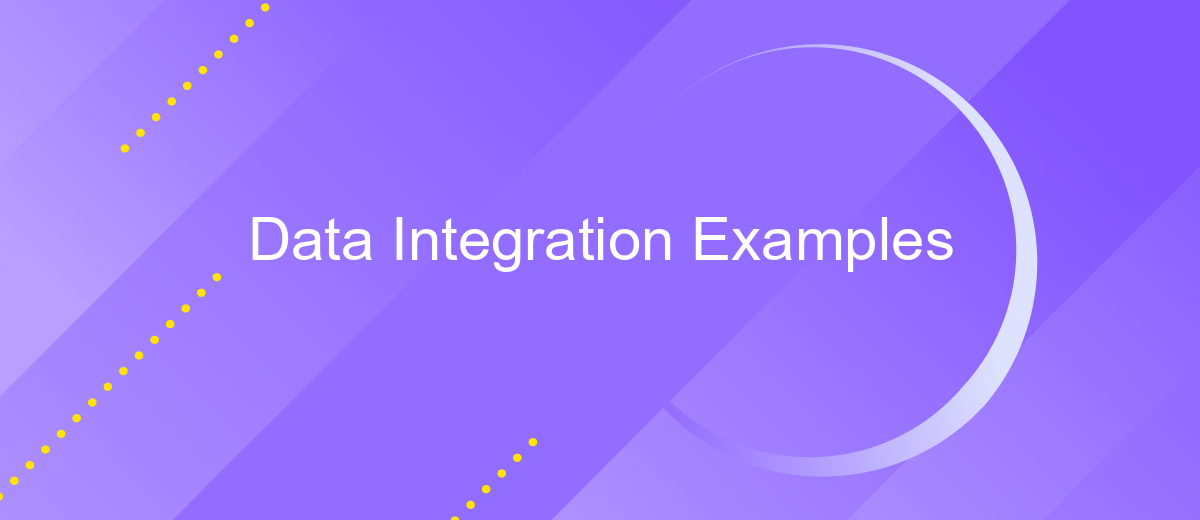Data Integration Examples
Data integration is a critical process in modern business operations, enabling seamless connectivity and communication across diverse systems and platforms. By consolidating data from various sources, organizations can gain comprehensive insights, improve efficiency, and drive informed decision-making. This article explores practical examples of data integration, showcasing how different industries leverage this technology to enhance performance and achieve strategic goals.
Data Integration Overview
Data integration is a critical process in modern business environments, enabling organizations to combine data from various sources into a unified view. This process enhances data accessibility, consistency, and accuracy, which are essential for informed decision-making and streamlined operations.
- Combining data from multiple databases
- Integrating cloud-based applications
- Synchronizing data between on-premises and cloud systems
- Automating data workflows and processes
Using tools like ApiX-Drive can significantly simplify the data integration process. ApiX-Drive offers a user-friendly platform that allows businesses to set up integrations without needing extensive technical knowledge. It supports a wide range of applications and services, ensuring seamless data flow across different systems. By leveraging such tools, organizations can enhance their data management capabilities, reduce manual effort, and ensure data consistency across all platforms.
Common Data Integration Examples

Data integration is a crucial process in modern business environments, allowing organizations to consolidate information from various sources into a unified view. One common example is integrating customer data from different platforms such as CRM systems, e-commerce websites, and marketing tools. This integration ensures that all customer interactions are tracked and managed efficiently, leading to improved customer service and more personalized marketing strategies.
Another prevalent example is the integration of financial data from multiple accounting systems and banks. This allows companies to have real-time visibility into their financial status, streamline their accounting processes, and make informed financial decisions. Tools like ApiX-Drive facilitate these integrations by providing a user-friendly interface and automated workflows, enabling businesses to connect disparate data sources without the need for extensive technical expertise.
Benefits of Data Integration

Data integration offers numerous advantages, streamlining operations and enhancing decision-making processes. By consolidating data from various sources, organizations can achieve a more comprehensive view of their operations, leading to better insights and strategic planning.
- Improved Data Quality: Integrating data from multiple sources helps in identifying and rectifying inconsistencies, leading to more accurate and reliable data.
- Enhanced Efficiency: Automation of data integration processes, such as those offered by services like ApiX-Drive, reduces manual effort and minimizes errors, saving time and resources.
- Better Decision Making: With a unified data set, businesses can perform more robust analyses and make informed decisions based on comprehensive and up-to-date information.
- Increased Collaboration: Integrated data enables different departments to access and share relevant information easily, fostering better collaboration and coordination across the organization.
Incorporating data integration tools like ApiX-Drive can significantly simplify the process, allowing businesses to connect various applications and automate workflows seamlessly. This not only enhances operational efficiency but also ensures that data is consistently updated and accessible, driving better business outcomes.
Challenges of Data Integration

Data integration is a complex process that involves combining data from different sources to provide a unified view. One of the primary challenges is data inconsistency, where data from different sources may have varying formats, structures, or units of measurement. This can lead to difficulties in ensuring data accuracy and reliability.
Another significant challenge is data security and privacy. Integrating data from multiple sources often involves sensitive information, making it crucial to implement robust security measures to protect against unauthorized access and data breaches. Additionally, compliance with data protection regulations, such as GDPR, adds another layer of complexity.
- Data inconsistency and quality issues
- Data security and privacy concerns
- Scalability and performance bottlenecks
- Integration of legacy systems
- Real-time data processing needs
Tools and services like ApiX-Drive can help mitigate some of these challenges by providing automated data integration solutions that streamline the process. ApiX-Drive offers features like data transformation, real-time synchronization, and robust security protocols, making it easier to manage and integrate data from various sources effectively.
- Automate the work of an online store or landing
- Empower through integration
- Don't spend money on programmers and integrators
- Save time by automating routine tasks
Data Integration Best Practices
Effective data integration begins with a clear strategy that aligns with your business goals. Start by thoroughly understanding the data sources and the specific requirements for integration. Prioritize data quality by implementing validation processes to ensure accuracy and consistency. Utilize automation tools like ApiX-Drive to streamline the integration process, reducing manual effort and minimizing the risk of errors. Ensure that your integration strategy is scalable to accommodate future data sources and increased data volumes.
Security is paramount in data integration. Implement robust security measures to protect sensitive information during transmission and storage. Regularly monitor and audit your integration processes to identify and mitigate any potential vulnerabilities. Additionally, maintain comprehensive documentation of your integration workflows and configurations. This documentation will serve as a valuable resource for troubleshooting and future enhancements. By adhering to these best practices, you can achieve seamless and secure data integration that supports informed decision-making and operational efficiency.
FAQ
What is data integration?
Why is data integration important?
Can data integration be automated?
What are some common examples of data integration?
How can I integrate data from different platforms easily?
Routine tasks take a lot of time from employees? Do they burn out, do not have enough working day for the main duties and important things? Do you understand that the only way out of this situation in modern realities is automation? Try Apix-Drive for free and make sure that the online connector in 5 minutes of setting up integration will remove a significant part of the routine from your life and free up time for you and your employees.


